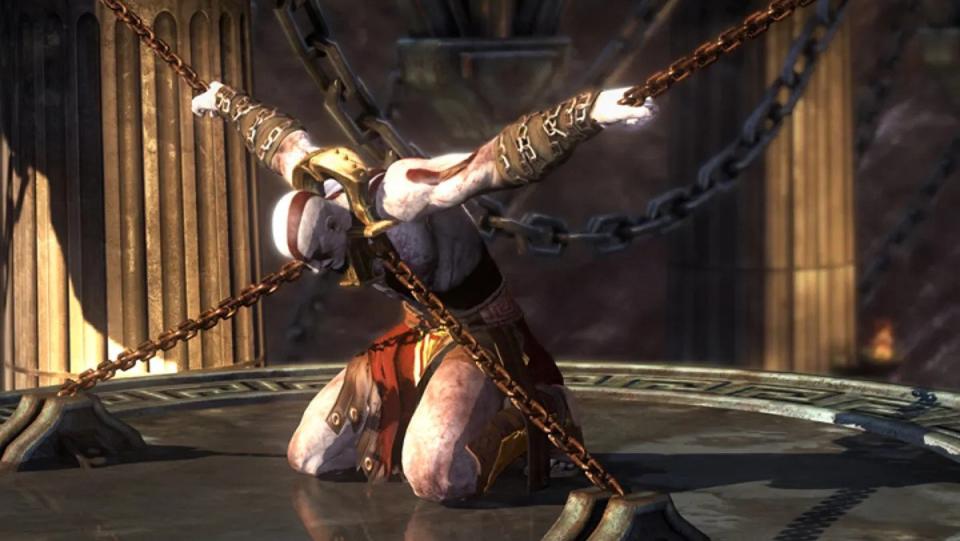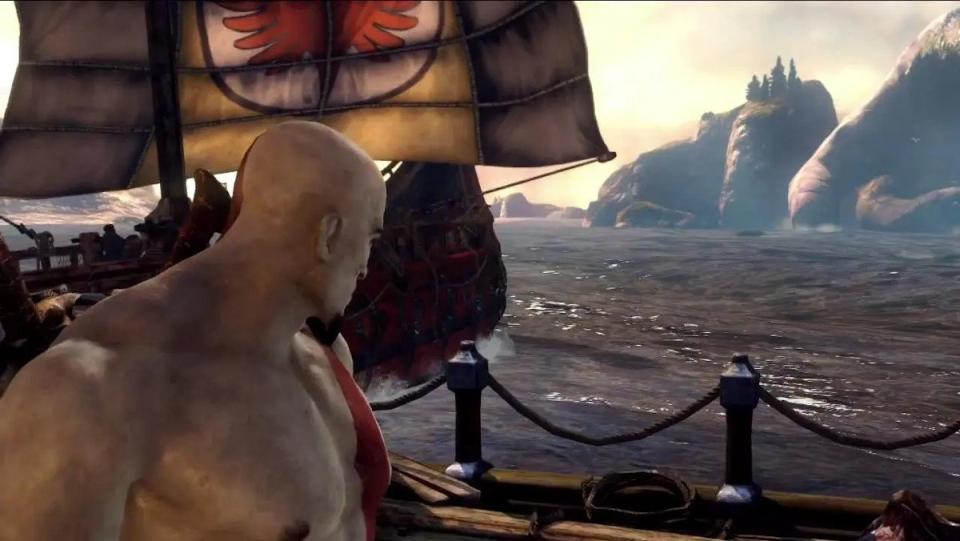10 Years Later, GOD OF WAR: ASCENSION Is a Lesson in Building a Video Game Protagonist
It has been 10 years since Sony’s Santa Monica Studio released God of War: Ascension for PlayStation 3. The game laid the groundwork for the franchise’s future successes with 2018’s God of War and 2022’s God of War Ragnarök. A prequel to the rest of the God of War games, Ascension follows the Spartan warrior Kratos as he frees himself from the Furies of Greek mythology.

God of War: Ascension showcased the very best of what the PlayStation 3 had to offer as a console. It featured story beats and eye-popping action sequences rendered, impressively, in-game. This is where the God of War franchise began to diverge from other games of the PlayStation 3 era. Ascension spearheaded the push for seamless animation between cutscenes and actual gameplay. Instead of a noticeable decline in animation quality between the game’s cutscenes and gameplay, God of War: Ascension rendered both at the same depth. This would later become a unique part of the 2018 game, as it increased the immersiveness of the franchise.
But beyond the technical achievements, God of War: Ascension has several shortcomings. These prove why the game’s 2018 overhaul was so necessary. While the game excels on a visual level, it does so at the expense of its protagonist, Kratos. Players get only a paper-thin sense of Kratos’s humanity, which often gets lost in the visual spectacle of the game—literally. And it is precisely because Kratos came off as more of an action figure than an actual human in God of War: Ascension, that he needed to become a fully-realized, force of nature protagonist in God of War 2018 and its sequel, God of War Ragnarök.
Today, God of War’s Kratos is one of gaming’s most complex and nuanced characters. Kratos’ distinctive, scarred, ashy, and red-streaked appearance comes from the ashes and blood of his wife and daughter. He mistakenly killed his family while serving the Greek god of war, Ares. As a result, Kratos isn’t your run-of-the-mill berserker from ancient times. He’s a man deeply at odds with himself and the gods who led him to take so many lives. His character asks a simple question: when all of your value as a person is placed on killing, then what does it mean to keep on living?

With Kratos, God of War has always had the opportunity to marry its strongest selling point, action, with a gripping story and memorable characterization. This is what separates “good” action games from “great” action games. Video games are an interactive art form. But we return to them time and time again because we want emotional and psychological fulfillment. This is only possible through a story that connects with us on a human level.
But for all of Ascension’s exhilarating moments, Kratos feels like an afterthought. The game opens with a heart-pounding scene where Kratos must battle his way out of his imprisonment by the Furies. He takes on hordes of monsters before he must fight the enormous being he was imprisoned in, Aegaeon the Hecatonchires. As the camera deftly keeps up with Kratos in battle, it does so from a great distance. It makes him appear tiny on-screen.
Similarly, the sound design drowns out most of Kratos’ grunts and noises during the fight. Even as he earns the God of War franchise’s Mature rating by stomping heads and leaving a blood-soaked trail , the player doesn’t learn the physical costs of these actions for Kratos through the game’s sound design. In doing so, God of War: Ascension prioritizes the spectacle of the beings Kratos fights, rather than the spectacle of Kratos, a human being, fighting these creatures.
This is an important distinction. It ultimately illustrates how the success of action games directly connects to our investment in their protagonist. Yes, obviously, none of this is real. But part of the magic of video games is when the game tricks us into believing that it is real for the character. Video games aren’t just a trick of the eye, ear, or even the mind. They’re a trick of our empathy.

It’s undeniable that God of War: Ascension was one of the most ambitious games of the PS3 era. But it ultimately proves why the God of War franchise needed to reinvent itself five years later. It’s not surprising that the 2018 God of War game featured a single shot camera that never cuts away from Kratos and his young son, Atreus. Now voiced with the commanding, heartbreaking clarity of actor Christopher Judge, Kratos bears the hallmarks of someone who has lived a life. This makes the player more than just an unseen force controlling the characters. It makes them a witness to a man trying to make up for the sins of his past.
In the end, God of War: Ascension makes the case for how M-rated action games need to become more than gratuitous violence and sex, not that either one of those are objectionable on their own. They need to follow up on what it means for their characters to experience them in the first place. Luckily for Kratos, God of War: Ascension was the wake-up call for recognizing his humanity.

